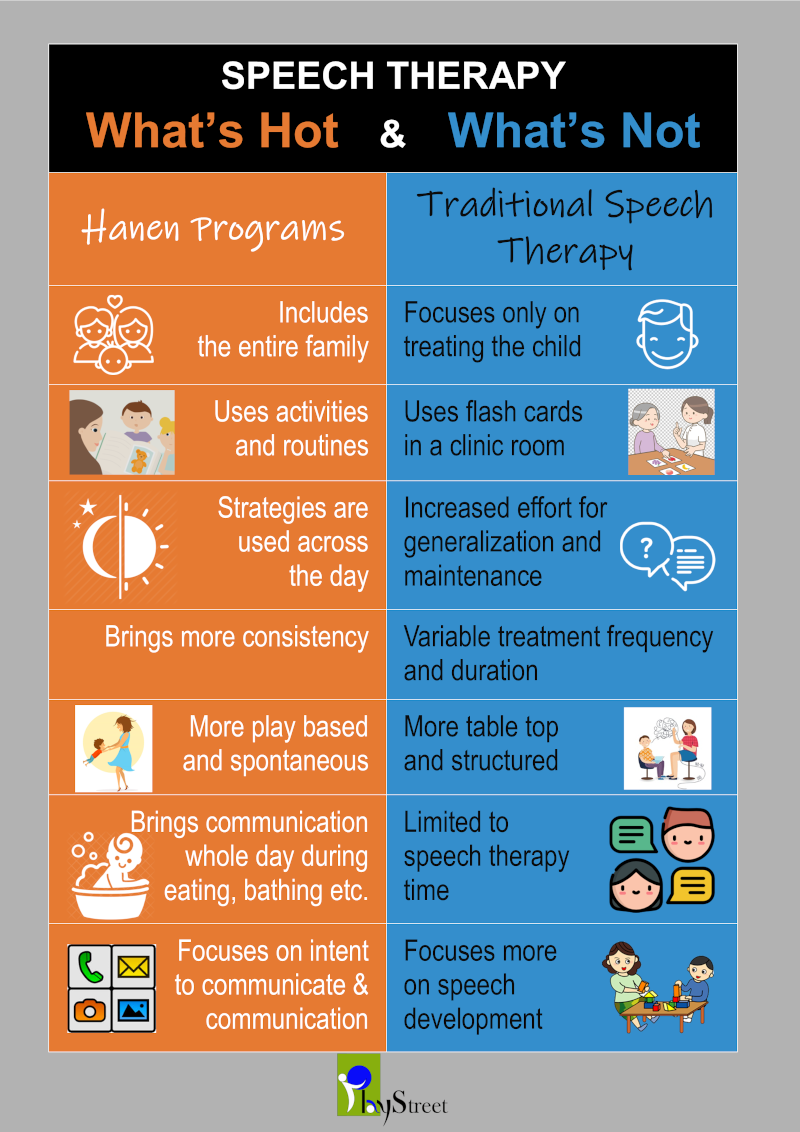Communication, in all its various forms, is at the core of all development, whether it occurs between a caregiver and child, two friends, a teacher and student, or even in the development of the self.
We communicate for a reason. We use our words (language) and our non-verbal gestures to exchange our thoughts and feelings in a social interaction. Knowing the “social rules of engagement”: how to “turn-take” and “fit-in” in a social situation can be difficult for some people.
Children do not learn to talk all by themselves. They learn to communicate gradually as they spend time with the important people in their lives, especially their parents.
But what happens when communication breaks down?
Children with development delays or language delays may have trouble with one or all uses and forms of language, which in turn affects the social communication.
Parents are often told that they are their child’s first and most important teacher. As true as this is, parenting is full of challenges, and when children do not seem to be meeting typical developmental milestones, parents may feel they are not equipped to help their struggling children.
But this is not true!
By providing parents with tools and resources to help their children communicate during everyday activities, children are given many more opportunities to have successful interactions throughout their day.
In the traditional speech/language therapy model, parents leave the room while the therapist works with the child, and then parents are given a summary of the session with some follow-up activities for home. Although suggestions for home are often useful, parents may be left feeling that they are not completely part of the therapy process.
With more naturalistic methods, parents are involved in the assessment, goal writing, and intervention process. In fact, parents become the child’s primary language facilitators. Strategies are taught to parents in interactive ways with video examples and by giving them feedback of the interactions with their child. Parents are coached during their practice sessions and leave each session with confidence that they know what to work on when they go home.
By becoming the primary language facilitator, carryover from the therapy room to everyday life is seamless, and parents gain confidence in their ability to help their children progress.
What is a Hanen approach or Hanen Programs?
“Hanen is a parent training program. It provides a comprehensive approach that helps parents to become their child’s most important speech and language teacher. It empowers parents to promote and build communication skills of young children with language delays. Hanen has compiled the most current research in the field of early childhood language and literacy development, and created practical, easy-to-use strategies for parents to use at home. These strategies can be used during every activity from snack time to playtime to story time, making language and literacy-learning a fun and natural part of a child’s day.” (www.hanen.org)
The Hanen programs offer simple strategies such as remembering to be face to face when playing with your child, observing your child to identify his/her interests, waiting in order to give your child a chance to say something, and listening to understand what your child is communicating. The strategies used are always paired with the child’s stage of development in order to progress towards more meaningful and purposeful communication and interactions.
How can PlayStreet help?
Using Hanen strategies in Speech and Language Therapy sessions and guiding the parents on the strategies to be used throughout the day.
PlayStreet offers School and Clinical programs based on Hanen.
- We run an unique early intervention Hanen based school program called the NAUTI Program (https://www.playstreet.in/school/)
- Our speech-language pathologists will empower you by administering the Hanen program in the sessions. We will give you the strategies and the ability to be your child’s speech and language teacher.
The evidence
A number of studies have shown that, when compared to a control group:
Children showed:
- Larger vocabulary
- Communicated more often
- Participated in turn-taking routines more often
- Increased eye contact, pointing and communication skills
Caregivers Learn:
- More responsive interaction strategies
Traditional Speech Therapy Vs. Hanen Approach: Which One is Right for My Child?
My child goes to a speech therapy session and has developed a vocabulary of 100 words but does not use those words across the day. What shall I do?
I want to support my child, but I do not know what to choose. Hanen? Traditional? What’s the difference?”
How do I help my child?
Many parents have this overwhelming dilemma and do not know what is the best treatment approach for their child.
We have observed that most parents do not know about the Hanen programs and how is it different from any other traditional speech therapy.
We are here to answer all your questions!
